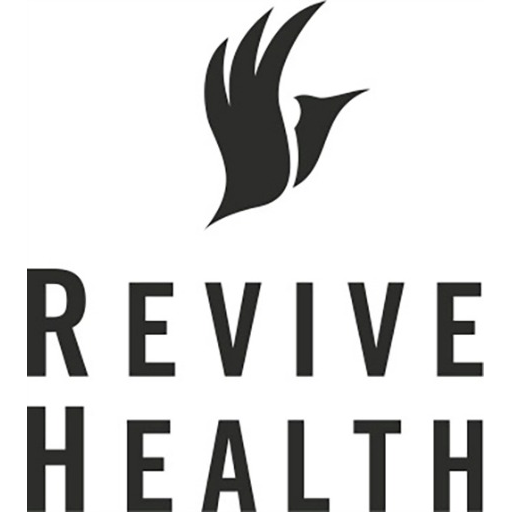Revive Health 04 Jun 2015 // 1:37PM GMT

In my last review of 2015 healthcare trends, I discussed healthcare economics and how transparency will finally move mainstream for both cost and quality. This will be driven largely in part by consumer demand, which brings us to our second trend – consumers in control.
While consumers have more control than ever before, there is still a huge gap in the information available to patients, as well as the information patients understand when it comes to making decisions regarding their health.
Let me be clear - in terms of fitness and wellness, consumers have access to a wealth of information. They have everything from apps for their smartphones to wearable devices like Fitbits to help them live a “quantified” life. Yet when it comes to healthcare cost and quality, patients are often left without much more than a hospital website with very limited information, insurance websites with incomplete or inaccurate information, or third-party sites with complicated information. To make matters worse, these sites often provide conflicting advice or reach inconsistent conclusions.
The goal isn’t more information for information’s sake. The goal is useful information, presented in an understandable way that helps patients have more informed conversations with physicians and caregivers, and embrace a bigger role in their healthcare decisions. No doubt healthcare can be complicated and there are any number of factors that make each patient situation unique, but healthcare communicators can’t let that be an excuse to not find a way to actively engage with consumers.
Even Google announced last week that they’re joining the healthcare information game. Their partnership with Mayo Clinic to “redefine how Americans get information online” could be a game changer. According to Google’s vice president of search, the purpose of this partnership is to “provide a framework for a more informed conversation between patients and their doctors.” When giants like Google are entering the healthcare space, you know a pivot is happening in the market.
For healthcare communicators, this pivot means we’ve got to stop telling consumers about the awards we’ve won and the technologies we’ve added. We need to start giving consumers actionable information – the information they want. Not just information about our services but meaningful content. If you’ve been watching healthcare marketing trends recently, you’ve probably noticed a significant shift toward content marketing. That’s because it works. When hospitals and health systems stop focusing on promoting a service line solely with billboard and ads and start building a relationship with consumers by making useful information readily available, real loyalty is created and nurtured.
Which brings us to our next topic… stay tuned for a look at the importance of stronger messaging, content integration, and the role of digital strategies.
By Brandon Edwards, CEO of ReviveHealth


































.jpg)












